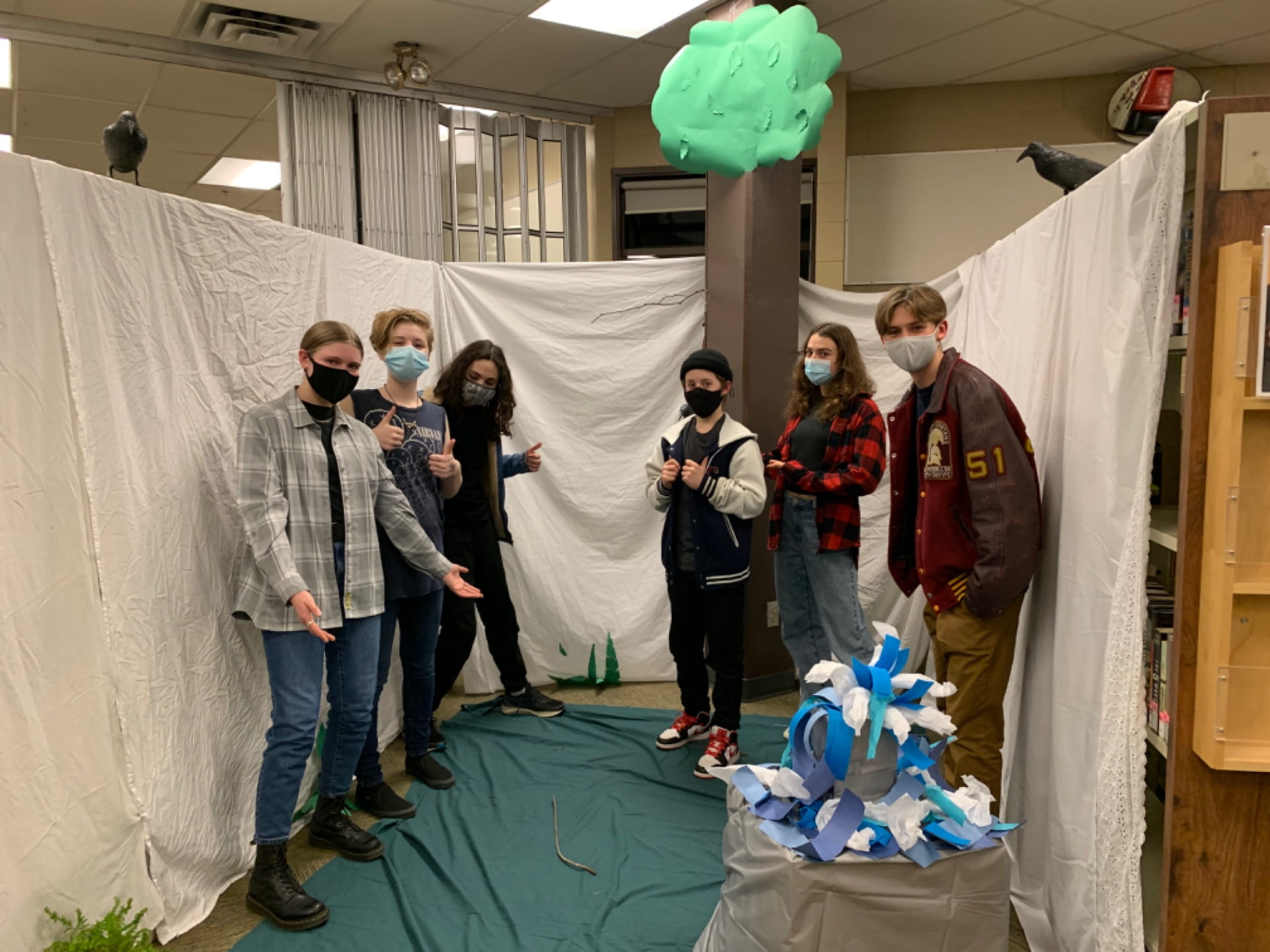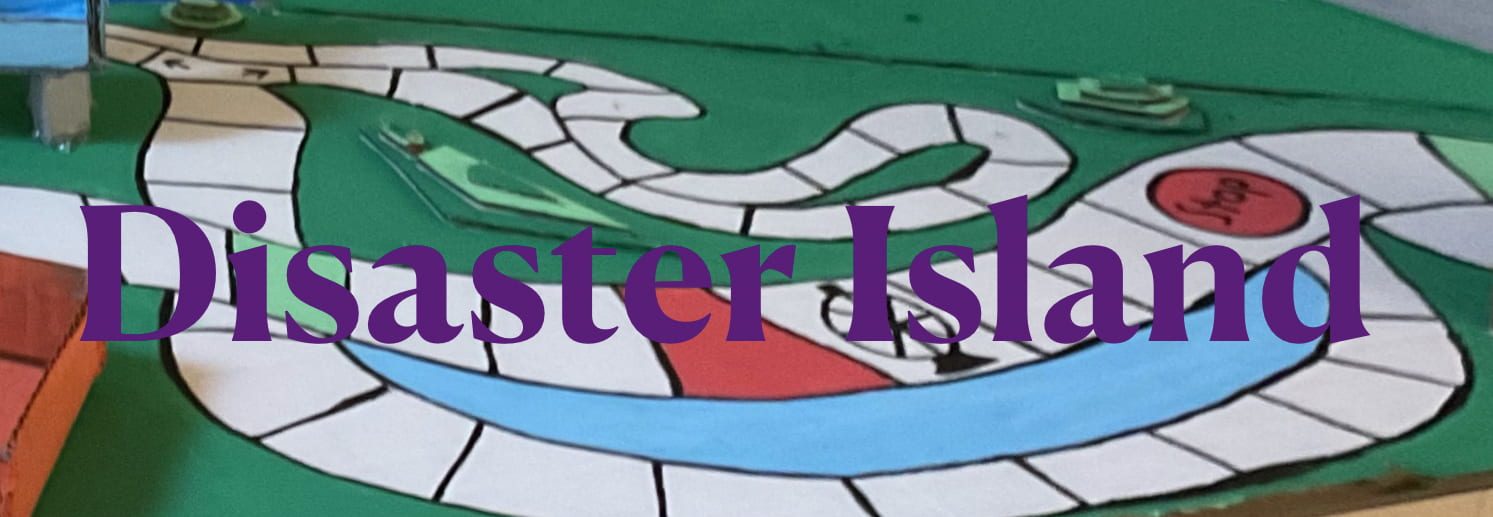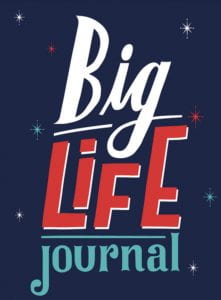
Hi, and welcome back to my blog. Lately, we’ve been working on a big humanities project that we presented for the winter exhibition. Me and my group worked hard towards the final goal of making a tableau. Throughout this project we have learned about the outsiders and how they lived. We also did a lot of work with worldview and how it affects us. This was all to answer our driving question of “What can the Outsiders teach us about worldview?”

The first thing that we had to learn was what is a worldview. This is important to know because, other then the fact that it was in our driving question, we are exposed to it everyday, every if we don’t know it. A worldview is more or less just a way that we see the world, or our view on things. Many different things can make up your worldview but there are 7 main aspects that do. These aspects are geography, time, beliefs, values, society, economy, and knowledge. These are the main aspects mainly because all the other smaller ones can fit into their categories. These aspects change the way that you see the world, for example time. The time period that you live in, or grew up in, will make you think differently then someone from another time period.
The second thing that we did was learn about the book. We had to learn about the setting, timeline, and we had to get to know the characters. We learned about how they lived their lives being either rich and a Soc, or poor and a Greaser (there are a few other poor gangs but they are not as vital in the book until the rumble). These gangs never got along and were always fighting and jumping each other. We went along with the characters as Ponyboy and Johnny avoided the law, when people died, and when the rumble broke out. My favourite part of the book was probably the rumble because it’s the climax of the book.
The final thing that we did was learn about, and preform, two tableaux. A tableau is more or less a still play. Me and my group had to work together to use our bodies and a set to recreate a scene from the book then for the second one, how we think it would go in a modern setting. The scene that we had to recreate was the scene where Johnny kills Bob. For the first one we recreated this by having a few of us being Socs and “drowning” Ponyboy in a fountain while Johnny sat in the back getting ready to stab Bob. This was the version that was in the book. For our second one, the modern one, we had it so two Socs were pining down Ponyboy while Bob, me, was beating him up. We also had Johnny about to punch Bob, instead of killing him, and another person in the back filming the whole thing. While working on the tableaux we had to include a few different things. Those things were that you had to be able to tell what’s happening, it had to include different levels of height, it had to include different body shapes, it had to use your space well, and we had to have strong facial expressions.

In the end, this has been our longest project yet. We did a lot of work to answer our driving question and, as a bonus, we preformed our tableaux in our first ever PLP exhibition. We ended up performing our tableau about 30 times for it. So, time to answer the question of “What can the Outsiders teach us about worldview?” This is an easy question to answer because the different characters worldviews are very obvious. This book really shows that things like economics and society can decide who you choose to be with and things like time decide some of the ways that you act.

You can check out my group here!! Silas—Brooke—Luca—Naomi—Jupiter
























